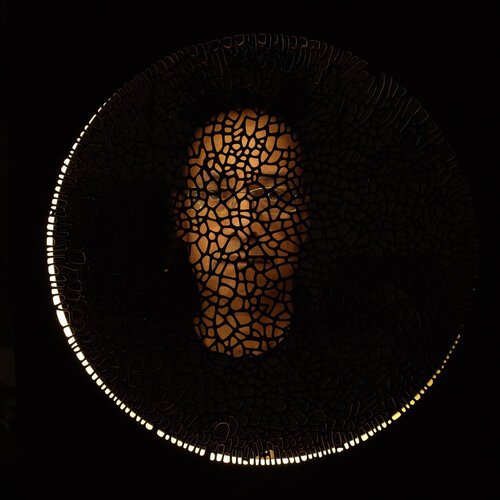I came across the work of Petros Vrellis via the 2016 hackaday.com post "Computer-Designed Portraits, Knit by Hand" I was instantly drawn to the hand sketched look of these exquisite pieces. I knew that I had to try his technique for myself.
An excellent writeup of Vrellis’s process is available on his site at A New Way To Knit.
While Petros doesn’t go into detail about the algorithm used to generate the threading pattern, Dan Royer, a member of Vancouver Hack Space, shared his own implementation of a similar weaving algorithm.
You can explore Dan's version of the Portrait Thread Weaving Code on Github
You can also watch the algorithm in action on his Youtube video.
Dan runs Marginally Clever, a company and website focused on DIY robotics and robot-generated art—an excellent resource if you're interested in code-driven creativity.
After completing my own version, I gained a newfound respect for Petros Vrellis. Experiencing the process firsthand gave me a true sense of how much work goes into creating one of these pieces.
Preparing the bicycle rim—drilling 200 holes and attaching paperclip hooks—takes a significant amount of time. Threading the wheel itself was a time-consuming process.
There’s also the time spent fine-tuning the image and learning what works—and what doesn’t. The process is similar to exposing and printing a photo in a darkroom: you’re never quite sure what you’ll get until it’s finished.
This piece took me well over 40 hours to figure out and complete.










